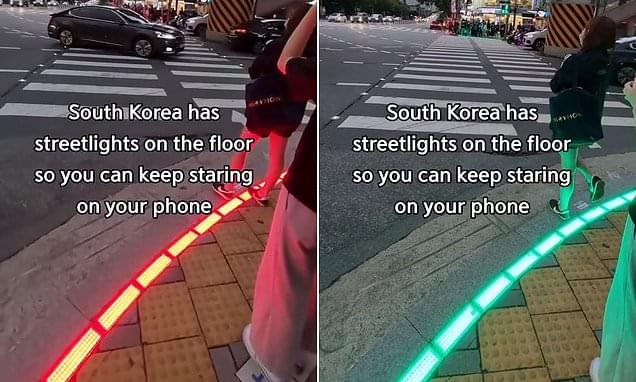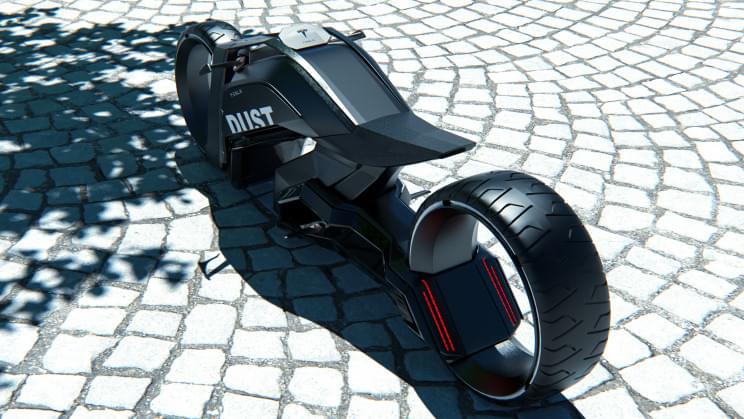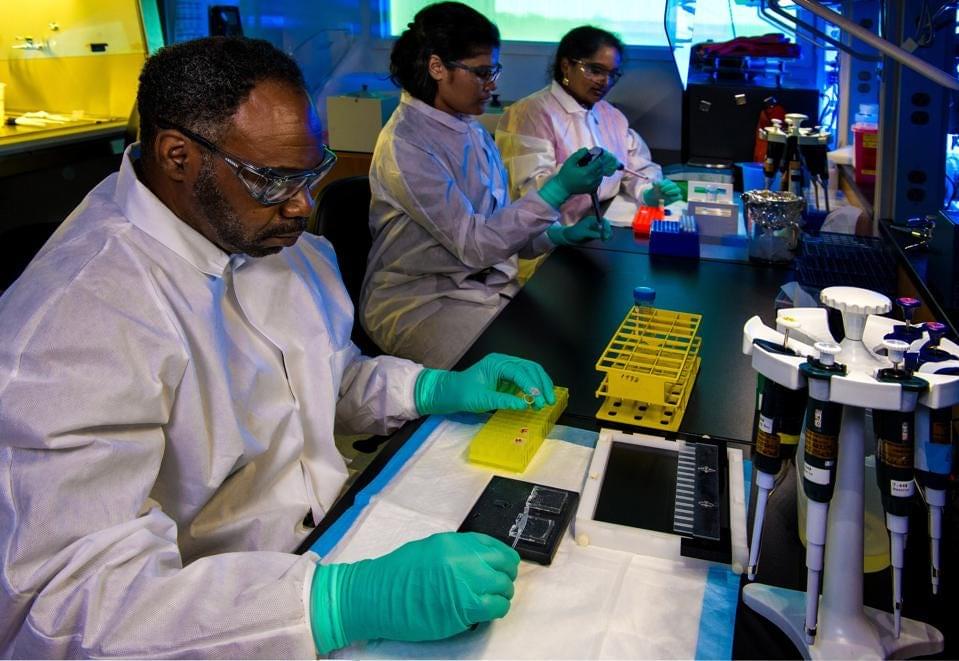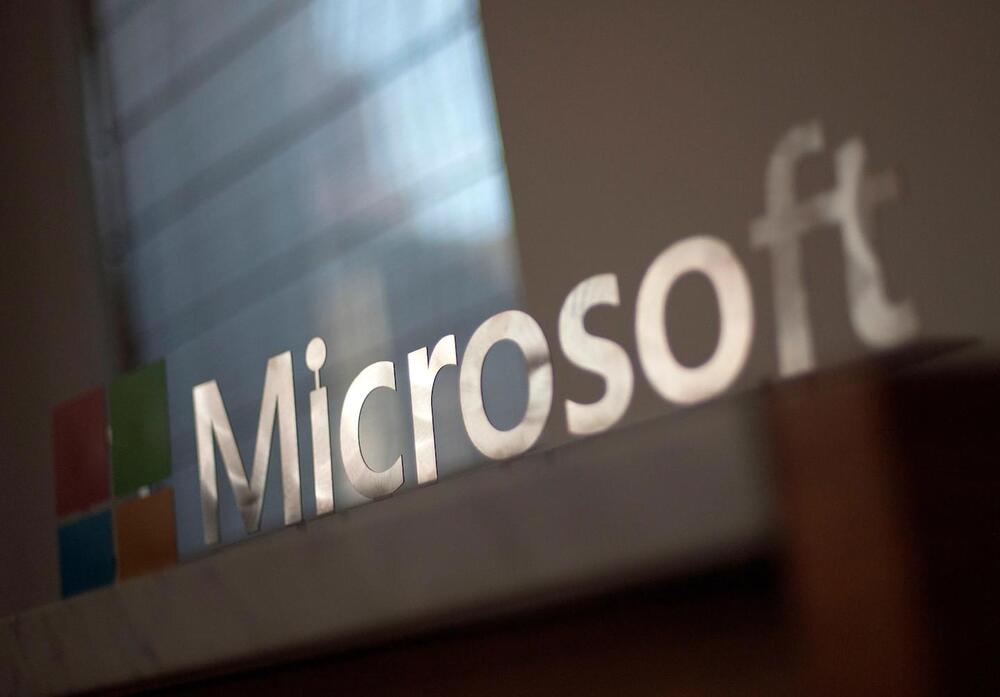Mars, International Space Station (ISS), Space tourism, One person spacecraft, Satellite servicing, Space repair, Asteroid, Phobos, Manned Maneuvering Unit (MMU), Space suit.


Go to http://brilliant.org/Undecided to sign up for free. And also, the first 200 people will get 20% off their annual premium membership. While renewable energy sources like solar and wind have now become cheaper than fossil fuels, developing long-term energy storage is key to overcome their intermittency. Lithium-ion batteries are the state-of-the-art battery technology but they can only cost-effectively provide energy for about 6 hours. So, what if we could extend the battery duration to 100 hours… out of thin air … and rust? Literally!
Watch Perovskite Solar Cells Could Be the Future of Energy: https://youtu.be/YWU89g7sj7s?list=PLnTSM-ORSgi7sp17ey2ydGRGBTFijdYCh.
Video script and citations:
https://undecidedmf.com/episodes/why-rust-batteries-may-be-t…technology.
Follow-up podcast:
Video version — https://www.youtube.com/channel/UC4-aWB84Bupf5hxGqrwYqLA
Audio version — http://bit.ly/stilltbdfm.
👋 Support Undecided on Patreon!
https://www.patreon.com/mattferrell.
⚙️ Gear & Products I Like.
Janet Adams, an expert in robotics and artificial intelligence, says superhuman robots are likely coming in the next couple of decades.

South Korea has created an intriguing device that allows its citizens to continue staring at their phones while crossing the road safely, but the notion has not received many likes.
On October 11 TikTok footage from a Seoul crossroads showed green and red lights illuminating the curbs, indicating when it’s safe to cross the road, even if you’re staring at your phone screen.
Recently, @naturalkorean has published a TikTok video of the lights eliciting a fairly mixed bag of reactions. Theoretically speaking, it is a great idea to protect people too absorbed in social media to notice their surroundings; however, this type of reckless behaviour should not be encouraged. The video shows a swarm of ‘smombies’ or ‘smart phone-obsessed zombies’ who are glued to their phones as they cross a major downtown street. The scene made me nervous, even as someone who has run into strangers when smombie-ing around.
Good day to you all, Hertz have certainly smelt the coffee… will the rest of the world catch up? It is a fact. Clean energy already beats dirty energy and the gaps will only increase with time. It is also a fact that we will produce more than we need, and it will be much cheaper than it is today. Just imagine what global problems could be solved with cheap, clean, abundant energy! If you want more detail then in this video I look at where we are, how mis-pricing of legacy generation is making them appear less expensive than they really are, and how incorrect projections for solar, wind and batteries are giving decision makers flawed future projections, and how clean, renewable energy could help solve some of the greatest problems we face…quickly. Have an amazing day.
Clean energy future — cheap abundant energy will solve so many problems.
It is a fact. Clean energy already beats dirty energy and the gaps will only increase with time.
It is also a fact that we will produce more than we need, and it will be much cheaper than it is today.
Just imagine what global problems could be solved with cheap, clean, abundant energy!
The end of the age of fossil fuels is here, check out this video for more detail.

Is this the future of electric vehicles?
Anyone who has seen Tron movies can testify to the impressive vehicles that the characters ride. Now, a designer has created a Tesla electric bike concept called Dust that is reminiscent of the bikes in the movie.
The dreamy bike is draped in a completely metallic finish that seems straight out of the future. It also comes in two models: one is completely black and the other is a contrasting design with a silver finish and matte blac… See More.
A team from the University of Zurich has trained an artificial intelligence system to fly a drone in a virtual environment full of obstacles before setting it loose in the real world, where it was able to weave around obstacles at 40 kph (25 mph), three times as fast as the previous best piloting software. Lead researcher Davide Scaramuzza, Director of the Robotics and Perception Group, says the work, carried out in partnership with Intel, could revolutionize robotics by enabling machines to learn virtually.
A paper describing the project, Learning high-speed flight in the wild, was published this month in the journal Science Robotics.
“Our approach is a stepping stone toward the development of autonomous systems that can navigate at high speeds through previously unseen environments with only on-board sensing and computation,” the paper concludes.

Recent advancements in biotechnology have immense potential to help address many global problems; climate change, an aging society, food security, energy security, and infectious diseases.
Biotechnology is not to be confused with the closely related field of biosciences. While biosciences refer to all the sciences that study and understand life, biology, and biological organisms, biotechnology refers to the application of the knowledge of biosciences and other technologies to develop tech and commercial products. Biotechnology is the application of innovation to biosciences in a bid to solve real-world medical problems.
Throw Artificial Intelligence into the mix and we suddenly have a really interesting pot of broth. Several AI trends have already proven beneficial to the development of biotechnology. Dr. Nathan S. Bryan, an inventor, biochemist and professor, who made a name for himself as an innovator and pioneer in nitric oxide drug discovery, commercialization, and molecular medicine, offers his insights on these contributions.

Hey, dude, where’s my car?
That was the question on my mind when I walked out to the parking lot to get into my car and it was not there. Given that Halloween was just a few days away, I naturally suspected that perhaps a ghost had decided to take my car for a spin. Seems like those ghosts don’t get much of a chance to spirit away an everyday car.
I put aside the ghost theory and sought to find something more down-to-earth as an explanation for where my car was.
This particular parking lot was quite expansive and there wasn’t any numbering system associated with the parking spots. Thus, I had to remember where my car was supposed to be as based entirely on my own mental “global positioning” brain ware, and absent of having any tangible and more reliable form of tracing.
Full Story:
